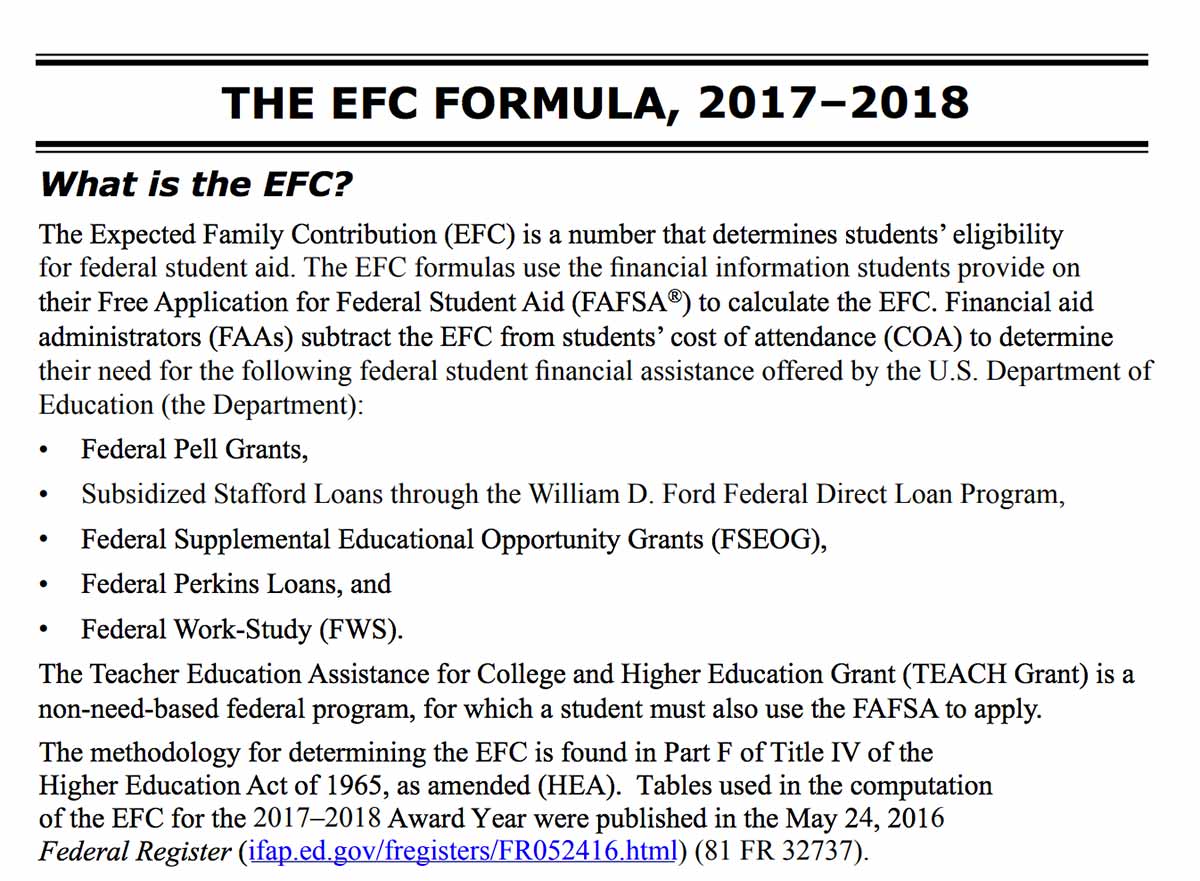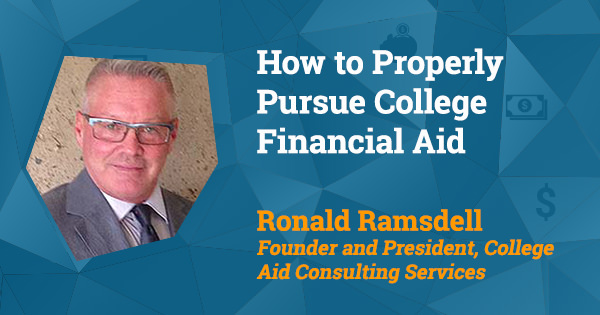
These are the top 12 scholarship myths of 2019. Read these to help dispel misinformation about the college financial aid process.
- My child won’t get a scholarship(s) because there is too much competition. Not true
- My child needs a 4.0 to retain a scholarship(s). Again, not true
- The scholarship search starts during the senior year in high school. Big mistake! Start in your junior year
- Scholarships will pay for every portion of college. For the majority of students, not true
- The Scholarship process is a one-time thing. If I don’t get one the first time I will never get it. Not necessarily
- Scholarship applications take too long to complete. False, many don’t
- Merit-based scholarships are only awarded to students with high GPAs. Not true.
- Receiving a scholarship(s) will mean less financial aid from a college. Maybe but not always
- Only students with high academics don’t need to apply for scholarships
- A large amount of scholarship money goes unclaimed. False, only a small amount do
- Scholarships are just for students that could not otherwise afford to go to college. Not true
- Many scholarship amounts are to small and not worth the time. Maybe. However, what if you retain 4-7 scholarships. They add up!
I continue to advise my students and parents that searching for scholarships is like the lottery, if you don’t play you will not win.
If you would like more information or further clarification on any of the above, please contact our office. We do provide our clients with a list of proven sources of scholarships that has benefited many students.







